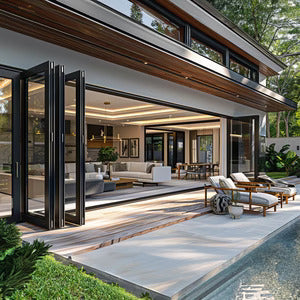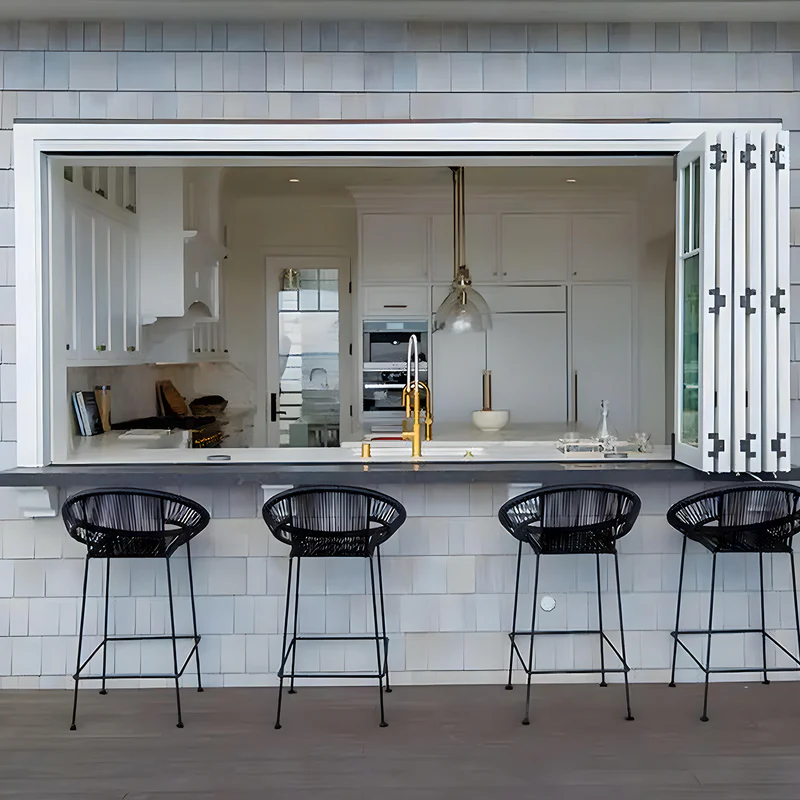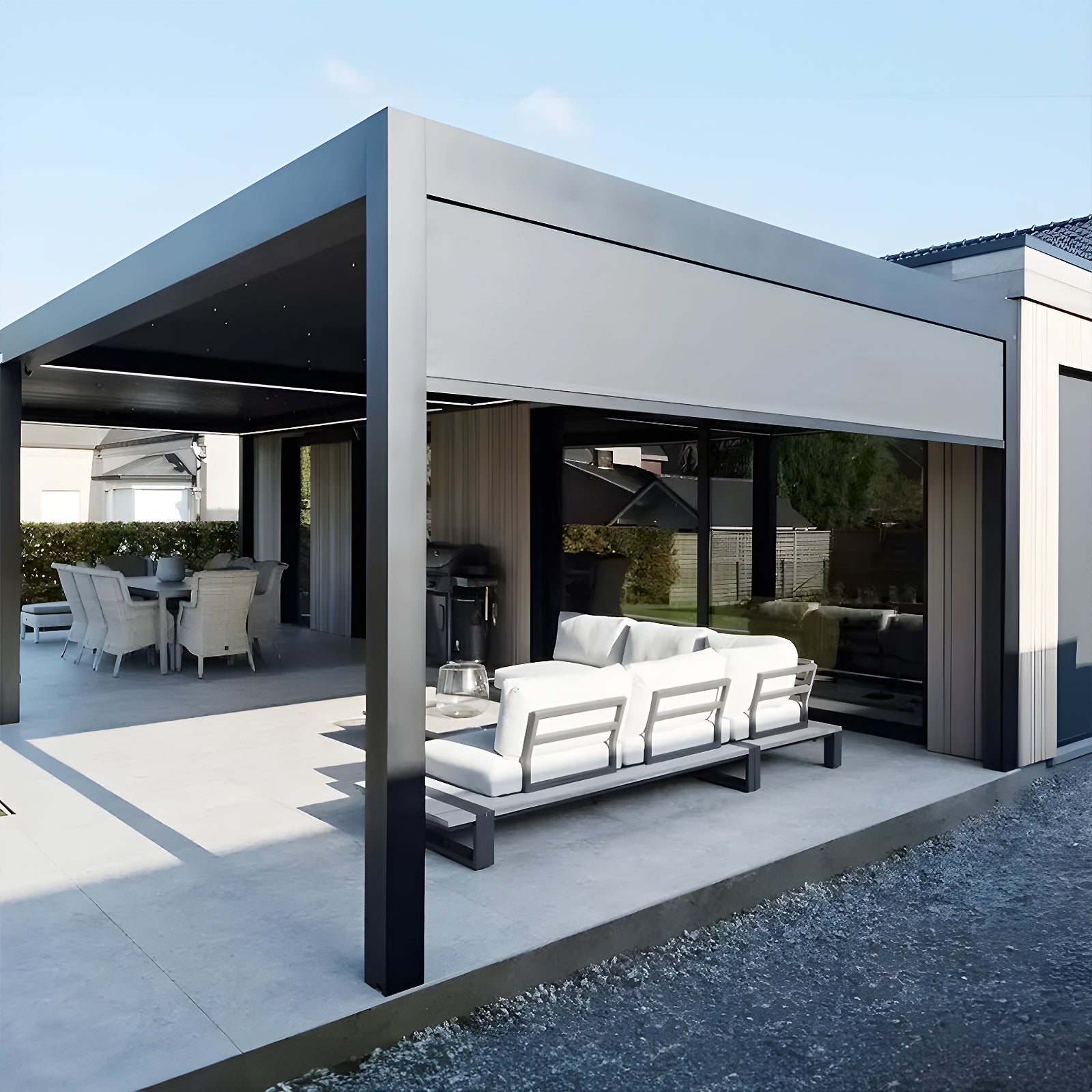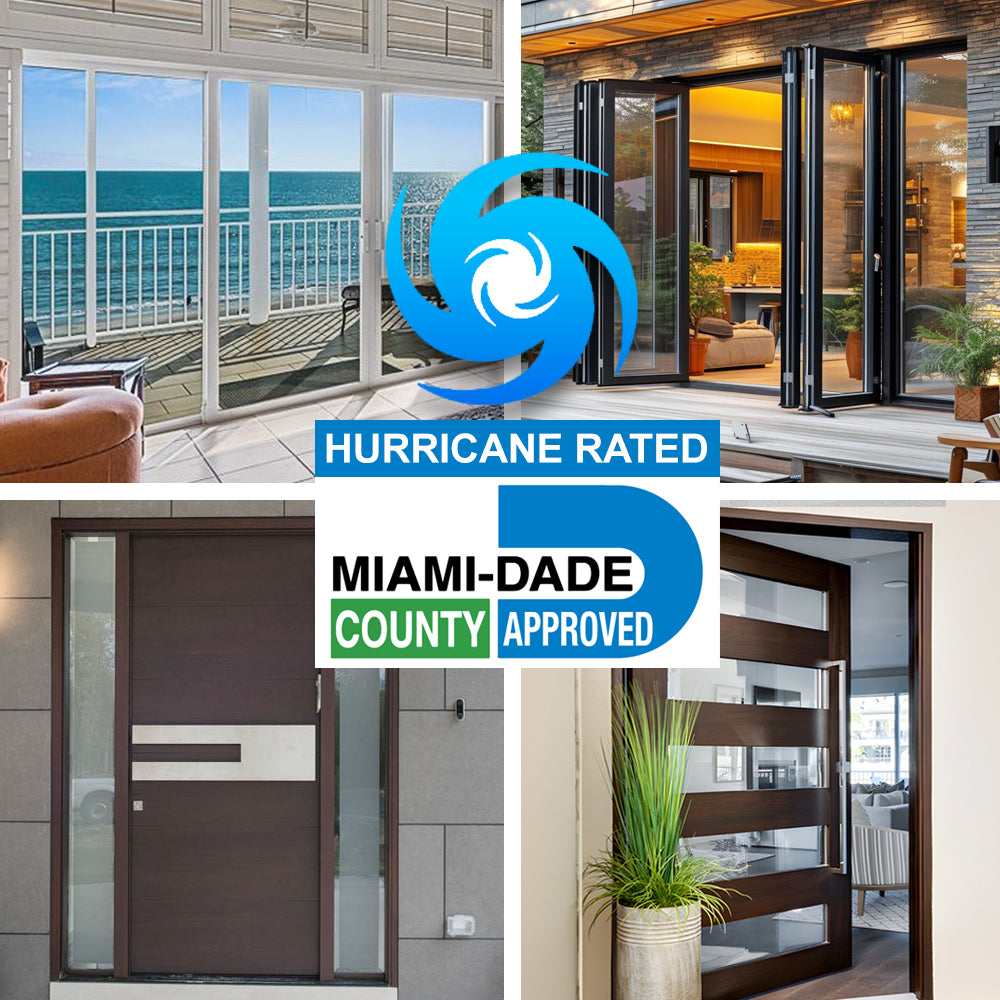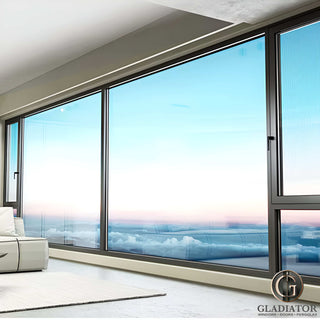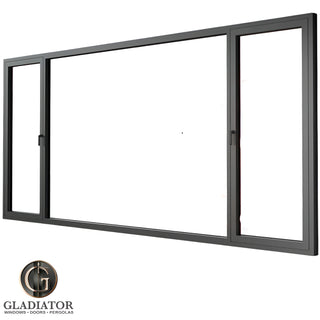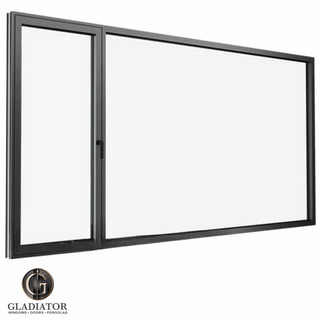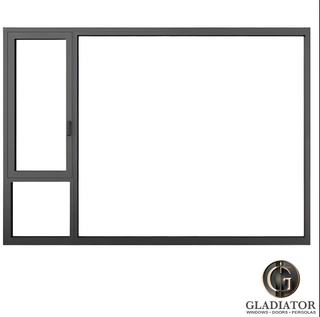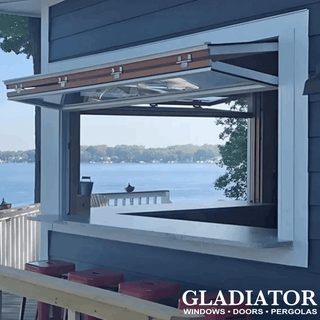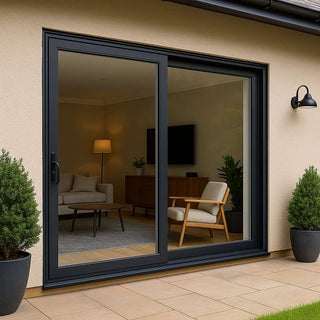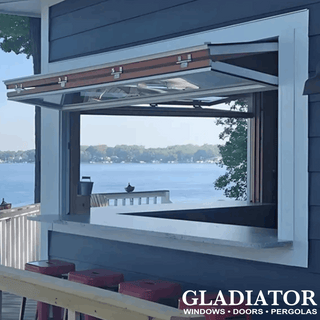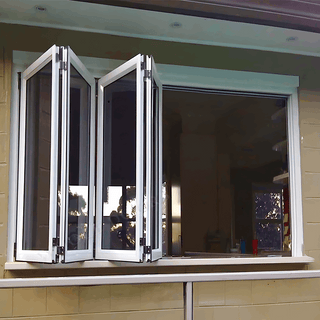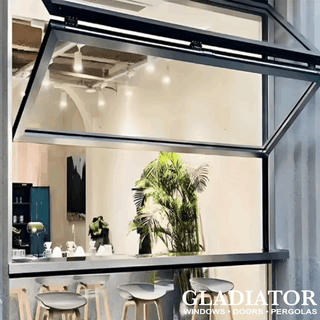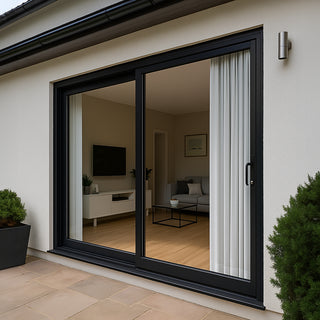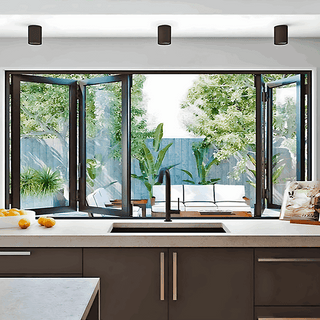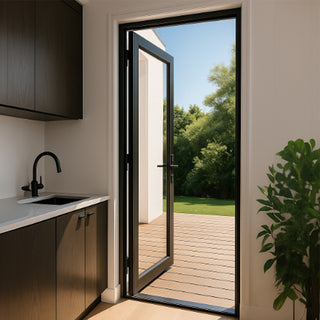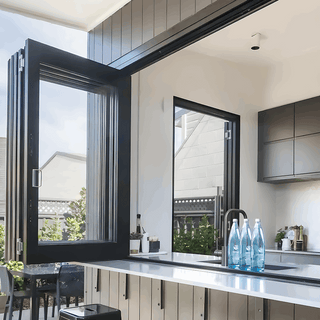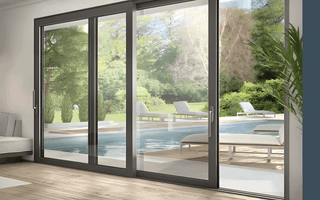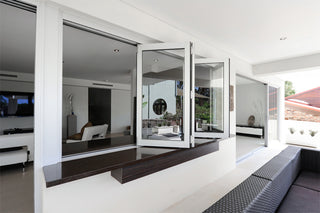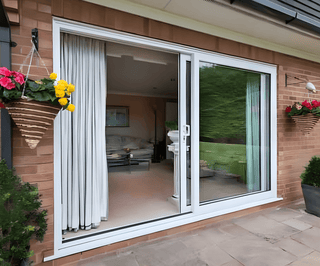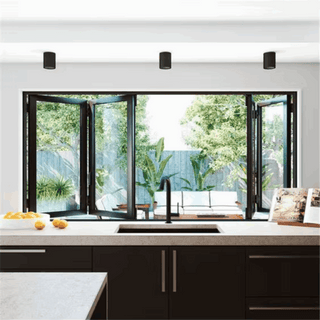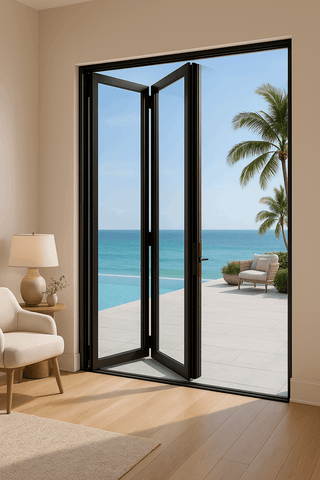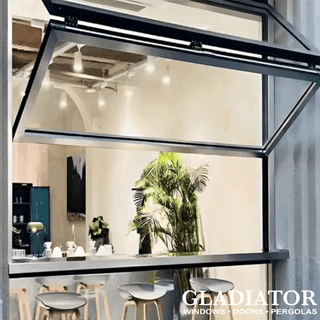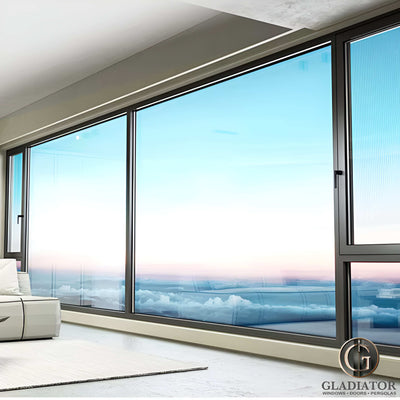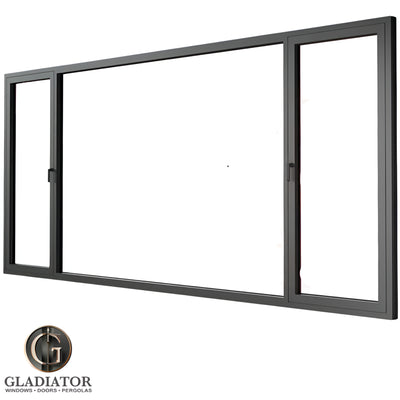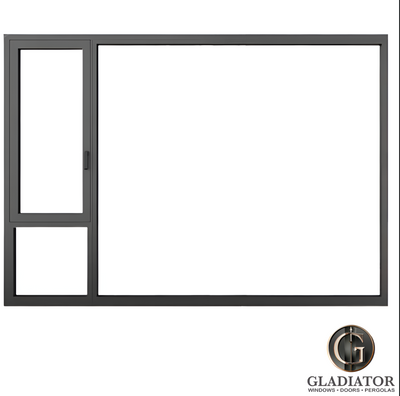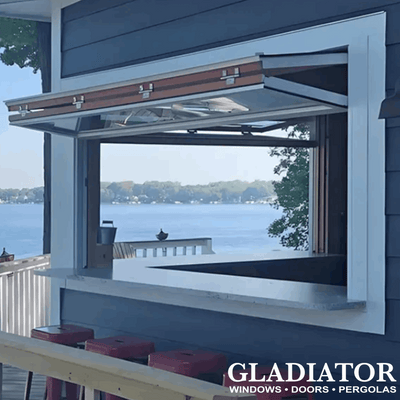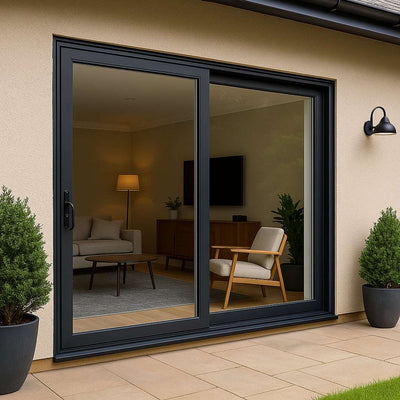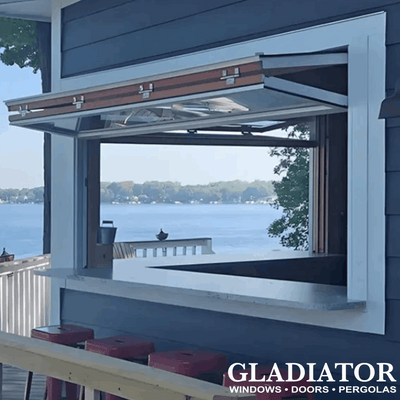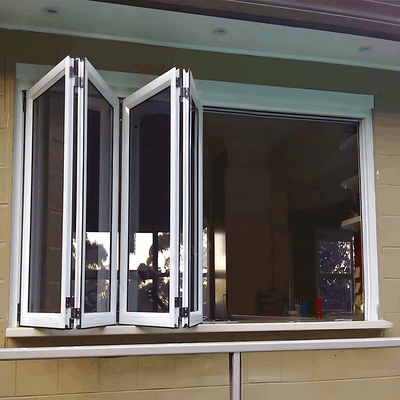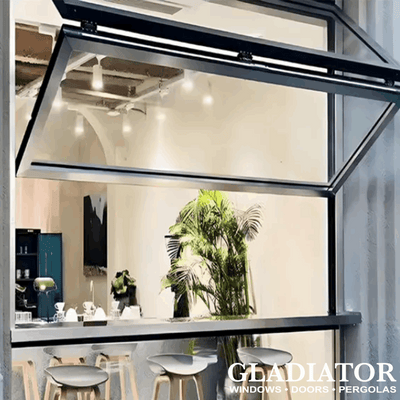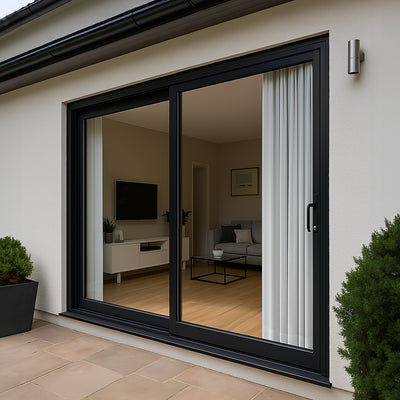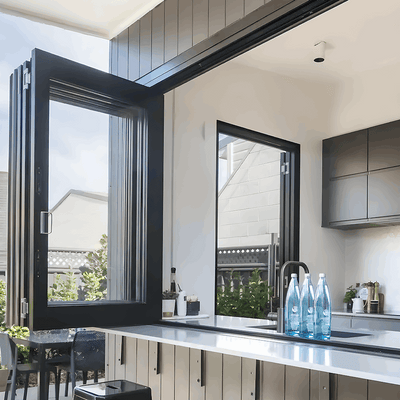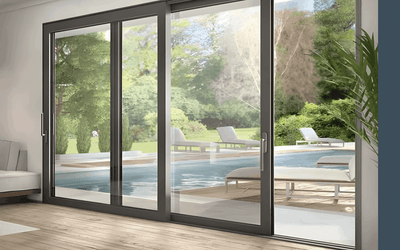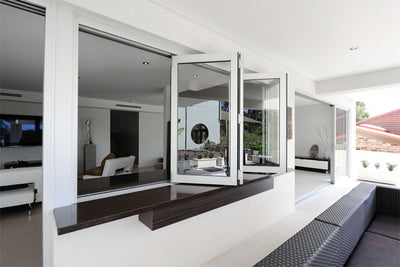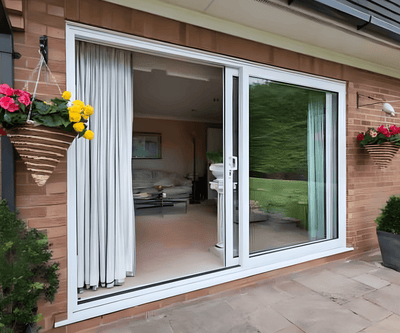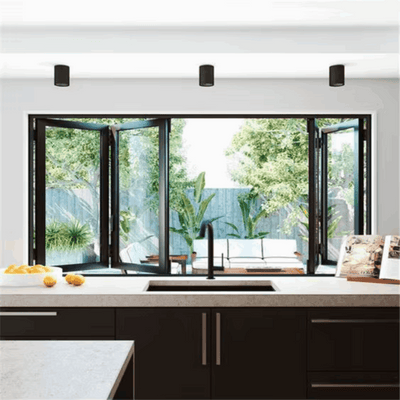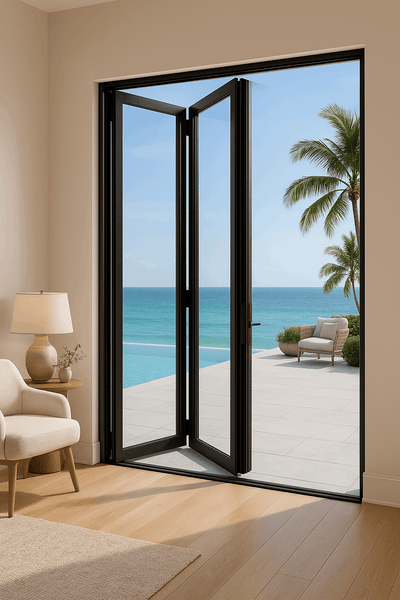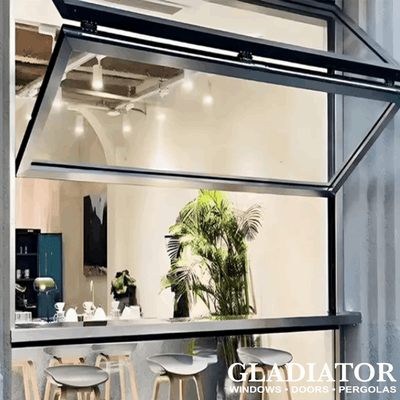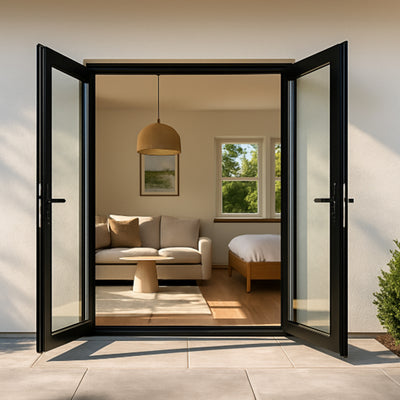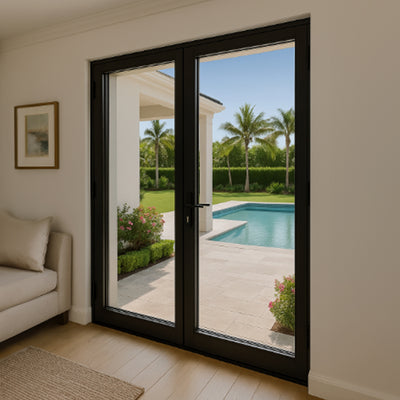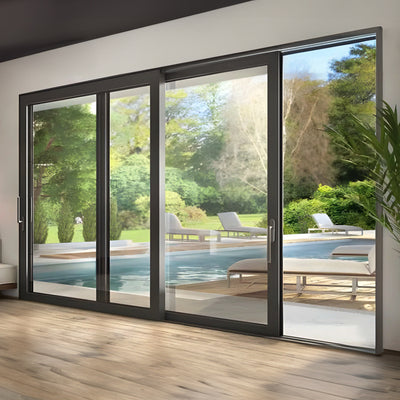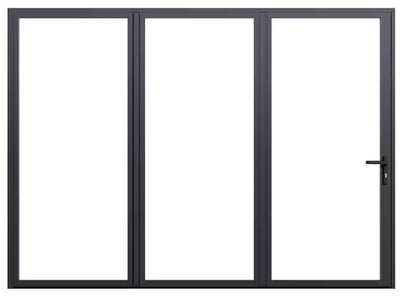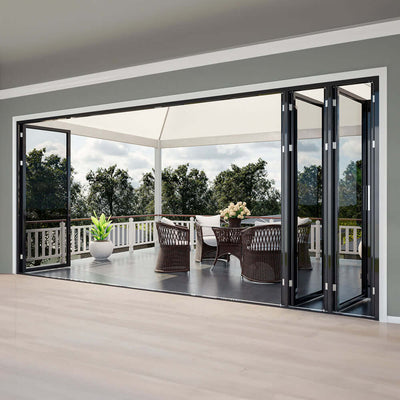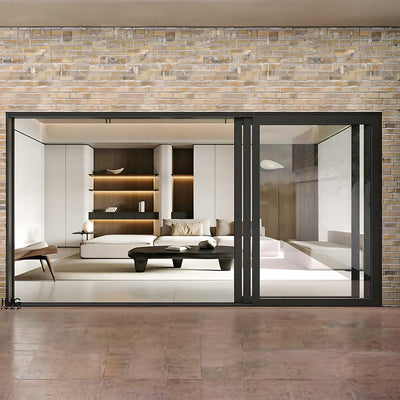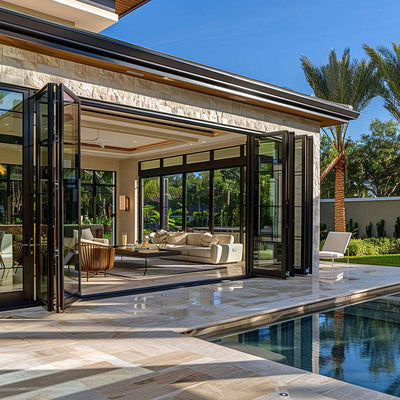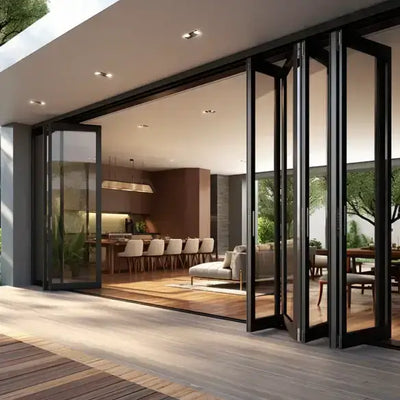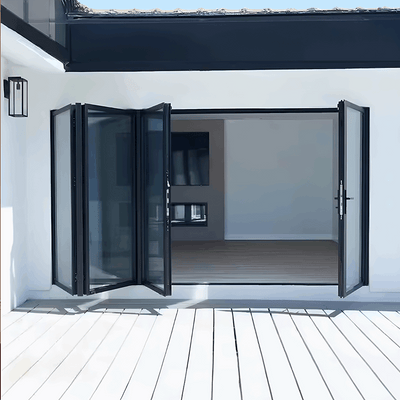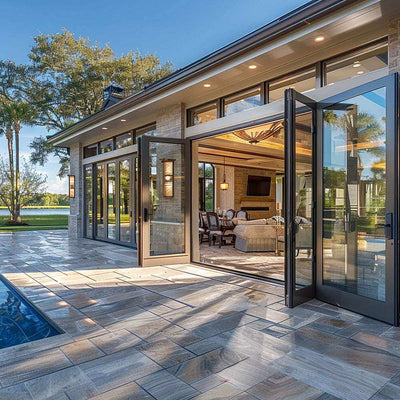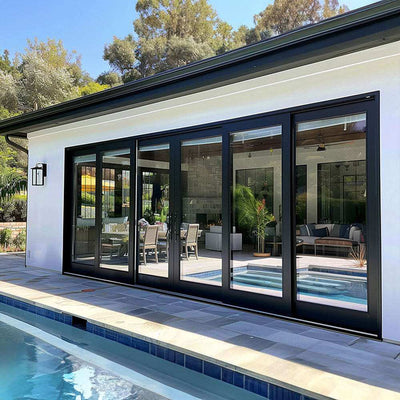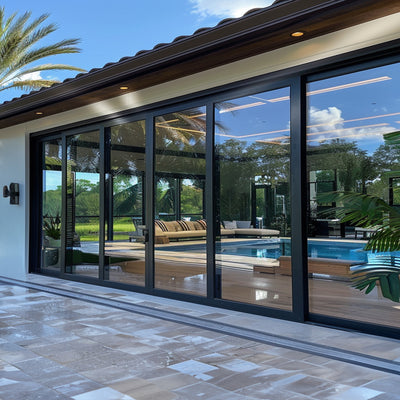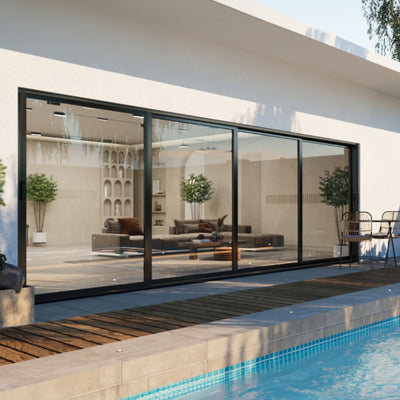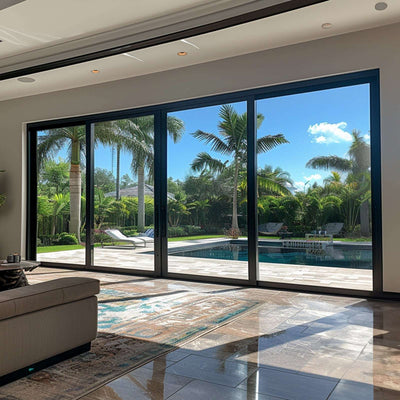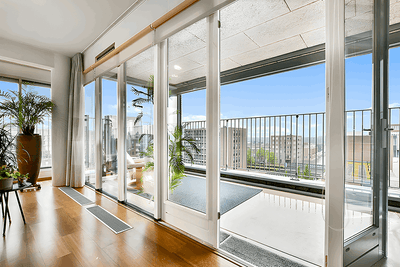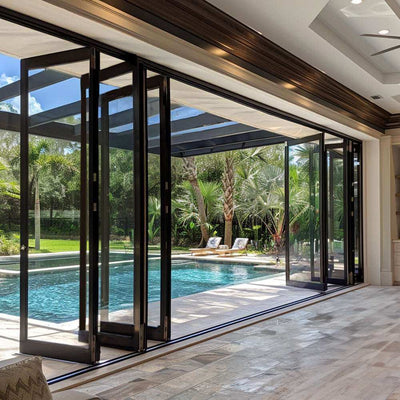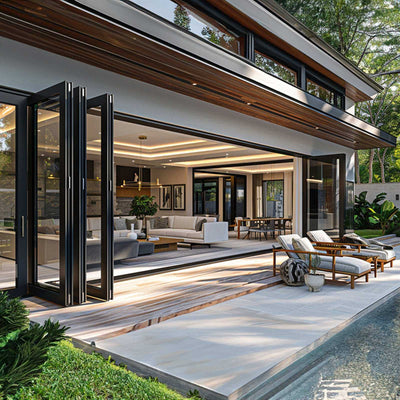What Burglars Know About Your Sliding Glass Door (That You Don't)
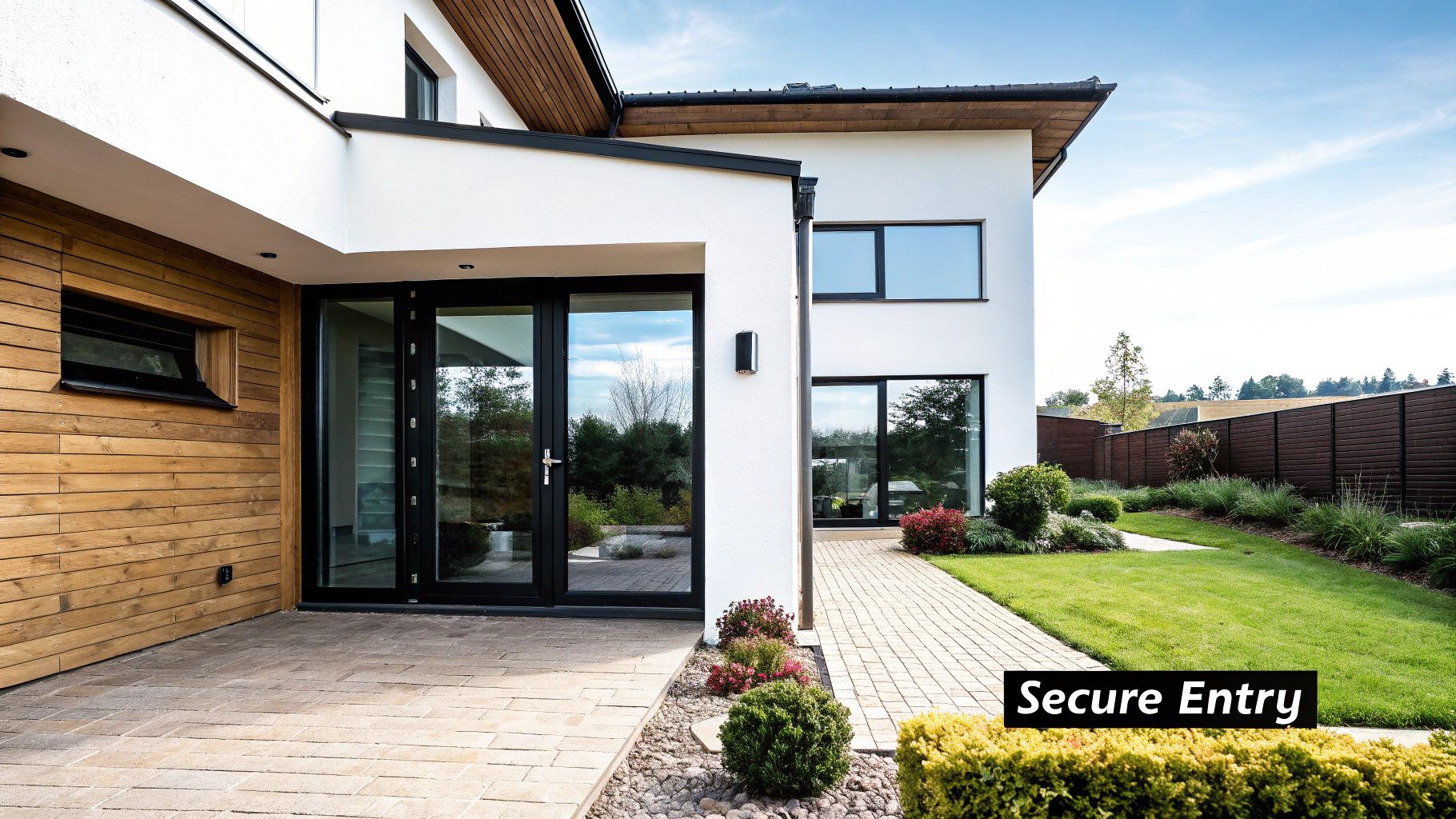
Let's face it, your sliding glass door might be the easiest way into your home for a burglar. It's a vulnerability many of us overlook. I've chatted with security experts and, sadly, with homeowners who’ve experienced break-ins. Burglars target these doors because they're familiar with the weak points. They know about the "lift-out" trick—lifting the door right out of its tracks—which bypasses many typical installations. They’re also well-versed in quickly picking or bypassing certain locks.
Many people assume burglars are primarily focused on breaking the glass. Actually, they often avoid this due to the noise and the extra attention it draws. They'd rather exploit flaws in the locking systems and tracks. A weak latch or a worn-out track can make a sliding glass door shockingly easy to pry open. Similarly, a poorly installed strike plate—the metal plate reinforcing the door frame—can be ripped out with surprising ease. These are the kinds of vulnerabilities criminals look for.
I’m not telling you this to frighten you, but to help you prepare. Understanding a burglar’s mindset is key to effective security. By knowing their tactics, you can proactively protect your home. The growing demand for secure sliding glass doors reflects increasing security concerns worldwide. In 2023, the global door security bar market was valued at USD 59.02 billion and is expected to reach USD 114.30 billion by 2032—more than double! Discover more insights into the growing door security market. This really underscores the need for proactive security. You might find this helpful too: The Ultimate Guide to Sliding Glass Door Protection.
I've personally seen how even small changes can make a big impact. A friend recently upgraded to a multi-point locking system for his sliding door. A few weeks later, there were signs of an attempted break-in. The would-be burglar tried to force the door, but the strong lock held, and they gave up. This proves how important good security hardware is.
Finally, think about your landscaping. Burglars prefer to work unseen, so get rid of hiding spots around your sliding glass door. Trim back bushes, add good lighting, and think about motion sensors. These easy steps can deter criminals by making your home a less attractive target. The best way to outsmart a burglar is to think like one.
Security Hardware That Actually Stops Break-Ins

This infographic highlights some key vulnerabilities with sliding glass doors. Notice how 45% of break-ins happen through unlocked doors! Another 30% are due to weak locks. Sure, the glass itself is a target, but focusing solely on that misses the bigger picture: most burglars are looking for the easiest way in. That means strong locks and good habits are your first line of defense.
Let's talk about real security upgrades – not those flimsy bars you can bend with your bare hands. I've seen them fail, and it's not pretty. We're talking about solutions that actually hold up under pressure.
Multi-Point Locking Systems
Think of your standard sliding door lock. One point of contact, one point of failure. A multi-point locking system changes the game by securing your door at multiple points along the frame – top, bottom, and sides – all with a single turn of the key or handle. I installed one of these systems myself recently, and the difference is night and day. The door feels incredibly solid and secure.
Reinforced Strike Plates
That little metal plate on your door frame where the lock bolt slides in? That's your strike plate, and it's often a weak link. Standard strike plates are typically secured with short screws that don't offer much resistance. Switching to a reinforced strike plate with long screws that anchor deep into the framing is a simple but powerful upgrade. It's like anchoring a boat with a heavy chain versus a thin rope.
Specialized Sliding Door Locks
Beyond multi-point systems, you'll find locks specifically designed for sliding glass doors. Some use vertical bolts that slide into the upper and lower tracks, making it nearly impossible to lift the door out. Others have anti-lift devices that prevent the door from being raised, even if someone manages to bypass the lock. These specialized locks address the unique vulnerabilities of sliding doors.
Quality Over Marketing Hype
The sliding glass door market is booming. As of 2023, it was valued at USD 10.8 Billion and is projected to reach USD 15.6 Billion by 2032. Explore the growth of the sliding door market in detail. With more sliding glass doors being installed, robust security is more important than ever. Don't fall for marketing hype. Look for heavy-duty construction, tamper-resistant designs, and proven performance. Seek out products tested by independent security labs or with positive reviews from homeowners who've actually faced break-in attempts. Invest in quality now, and you'll save yourself the headache (and potential trauma) later.
To help you navigate the options, I've put together a comparison table:
Security Hardware Comparison: What Actually Works A detailed comparison of different sliding glass door security options, including effectiveness ratings, cost ranges, and installation requirements.
| Security Solution | Effectiveness Rating | Average Cost | Installation Difficulty | Pros | Cons |
|---|---|---|---|---|---|
| Basic Sliding Door Lock | Low | $10-$30 | Easy | Affordable, readily available | Easily bypassed, minimal security |
| Multi-Point Locking System | High | $100-$300 | Moderate | Significantly increases security, distributes locking force | More expensive than basic locks |
| Reinforced Strike Plate | Medium | $15-$50 | Easy | Inexpensive upgrade, improves resistance to forced entry | May not be effective against determined burglars alone |
| Vertical Bolt Lock | High | $50-$150 | Moderate | Prevents door from being lifted out of tracks | Can be more difficult to install than standard locks |
| Security Bar | Low | $20-$50 | Easy | Affordable, provides visual deterrent | Easily bent or broken, can be unsightly |
| Security Film | Medium | $50-$100 per roll | Moderate | Strengthens glass, makes it harder to shatter | Can still be broken with enough force, doesn't address lock vulnerabilities |
This table summarizes the pros and cons of each security measure, allowing for a quick comparison based on your budget and security needs.
Finally, even the best hardware won't protect you if it's not installed correctly. If you're not comfortable with DIY, hire a professional locksmith or security expert. Their experience will ensure you get the maximum protection from your security investments.
Smart Security Solutions That People Actually Use
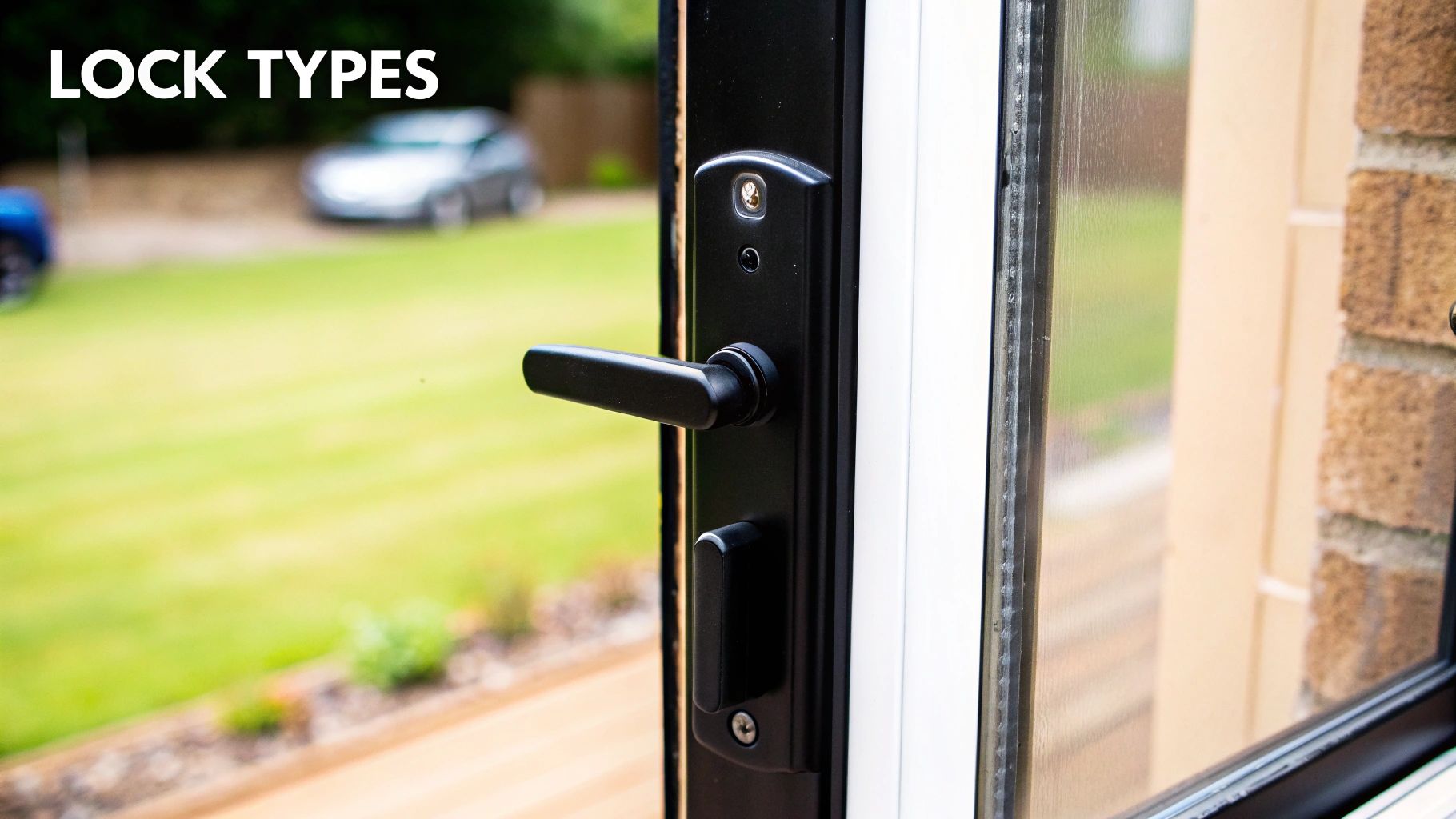
Let's face it, some smart home gadgets are more about the "wow" factor than actual usefulness. They might look slick in a YouTube video, but they often end up gathering dust in a drawer. When it comes to securing your sliding glass doors, you need dependable solutions, not just flashy tech. I've chatted with plenty of homeowners about their smart home setups, and I've learned what truly works and what's just a passing trend.
Smart Locks: Beyond the Buzz
Smart locks for sliding glass doors offer some real perks, like remote access and integration with other smart home devices. But, like any tech, there are downsides. Battery life is a major consideration. Picture this: you're locked out because your smart lock's battery died. Not fun. Opt for locks with extended battery life and low-battery alerts. And always have a physical key backup, just in case.
I've also seen firsthand how frustrating connectivity issues can be. Some smart locks rely only on Wi-Fi, which can be unreliable. Look for locks with multiple connectivity options, like Bluetooth or Z-Wave, for a more robust connection.
Sensors: Early Warning Systems That Deliver
Think of sensors as your remote eyes and ears. Door/window sensors instantly notify you if your sliding glass door is opened or tampered with. Motion sensors, strategically placed around your patio or deck, can detect movement and trigger lights or alarms, scaring off potential intruders. From my experience, glass break sensors add another crucial layer of security. They'll alert you immediately if someone tries to break the glass. These aren't just gadgets; they’re practical tools for real security.
DIY Monitoring: Security on Your Terms
Professional monitoring services provide peace of mind, but they come with monthly fees. DIY options can be just as effective without the recurring costs. Many smart security systems offer self-monitoring, sending alerts directly to your phone. Some can even contact local emergency services automatically if an alarm is triggered. This gives you control over your security and your budget. It’s like having a personalized security system tailored to your exact needs.
Speaking of tailored security, even the automatic sliding door market is getting in on the action. The market is projected to grow from $2.45 billion in 2024 to $2.61 billion in 2025, with a CAGR of 6.2%. Enhanced security features are a big driver of this growth, showing that safety is a top priority for people. Discover more insights into the automatic sliding doors market.
Integration: Making Your Smart Home Work For You
A truly smart security system integrates smoothly with your existing smart home devices. Imagine your lights turning on when a motion sensor detects activity near your sliding glass door, or your security cameras starting to record if a door sensor is tripped. This interconnectedness creates a proactive security network.
But a word of caution: don't overcomplicate things. Focus on integrations that boost security, not just add complexity. Choose systems with open platforms that work with different devices and brands. I learned this the hard way after investing in a smart lock that was only compatible with one specific security system. Research your options carefully to ensure flexibility and protect your investment. By prioritizing practical solutions and real-world use, you can build a smart security system that gives you genuine peace of mind.
Reinforcement Strategies That Keep Your Beautiful Views
Security shouldn't mean sacrificing style, especially when it comes to your sliding glass doors. I've seen too many beautiful homes where security looks like an afterthought – a clunky padlock on an elegant door. It just doesn't work. Thankfully, there are clever ways to reinforce your sliding glass doors without turning them into an eyesore. Let me share some of my favorite strategies.
Impact-Resistant Film: The Invisible Bodyguard
One of the most impressive upgrades I've come across is impact-resistant film. It’s like giving your glass an invisible shield. This film, applied directly to the glass, is practically undetectable. It doesn’t change the look of your door one bit, but it seriously boosts its resistance to impacts. I’ve actually seen demos where a crowbar couldn't break through glass protected with this film. It's amazing how such a thin layer can make such a big difference.
Frame Reinforcement: A Solid Foundation
The frame is another key part of your sliding glass door's security. A weak frame is a major vulnerability. Think of it like building a house on sand. Frame reinforcement involves strengthening the existing frame or replacing it with something stronger. And you can do this subtly, often without drastically changing how the door looks. For example, adding metal reinforcement brackets inside the frame adds a lot of strength without being obvious. You might find this helpful: Check out our guide on how to reinforce a door frame.
Glass Upgrades: Strength and Style
If you’re thinking about replacing your glass entirely, consider security glass options. Laminated glass and tempered glass are far tougher than standard glass. Laminated glass has multiple layers bonded together with plastic, making it extremely hard to break through. Tempered glass, if broken, crumbles into small, relatively harmless pieces instead of dangerous shards. You can upgrade to these stronger options without sacrificing the clear beauty of your view.
Finding the Right Fit for Your Home
The best reinforcement strategy depends on your home’s style and your budget. Whether your home is modern or traditional, there's a security solution that will blend right in. Decorative security grilles, for instance, can add a touch of elegance while providing extra protection. Even strategically placed landscaping, like thorny bushes, can deter intruders without ruining your curb appeal. Budget-wise, something simple like reinforced strike plates is a cost-effective way to improve security. A full door replacement with a high-security model is the ultimate protection, but it comes with a higher price tag.
Choosing between DIY and professional installation depends on your skills and the project. Applying security film can be a DIY job, but frame reinforcement is often best left to the pros. You can also boost your security with smart home security systems. These systems add layers of protection and convenience. Remember, real security is about combining strategies that work for your specific home. Think about both looks and practicality, and you can enhance security without losing that beautiful view. One final tip: invest in quality products. Don't go for cheap alternatives that might look good but won't hold up under pressure. Look for products with a proven track record and certifications from trusted organizations.
Building Security Layers That Actually Deter Criminals
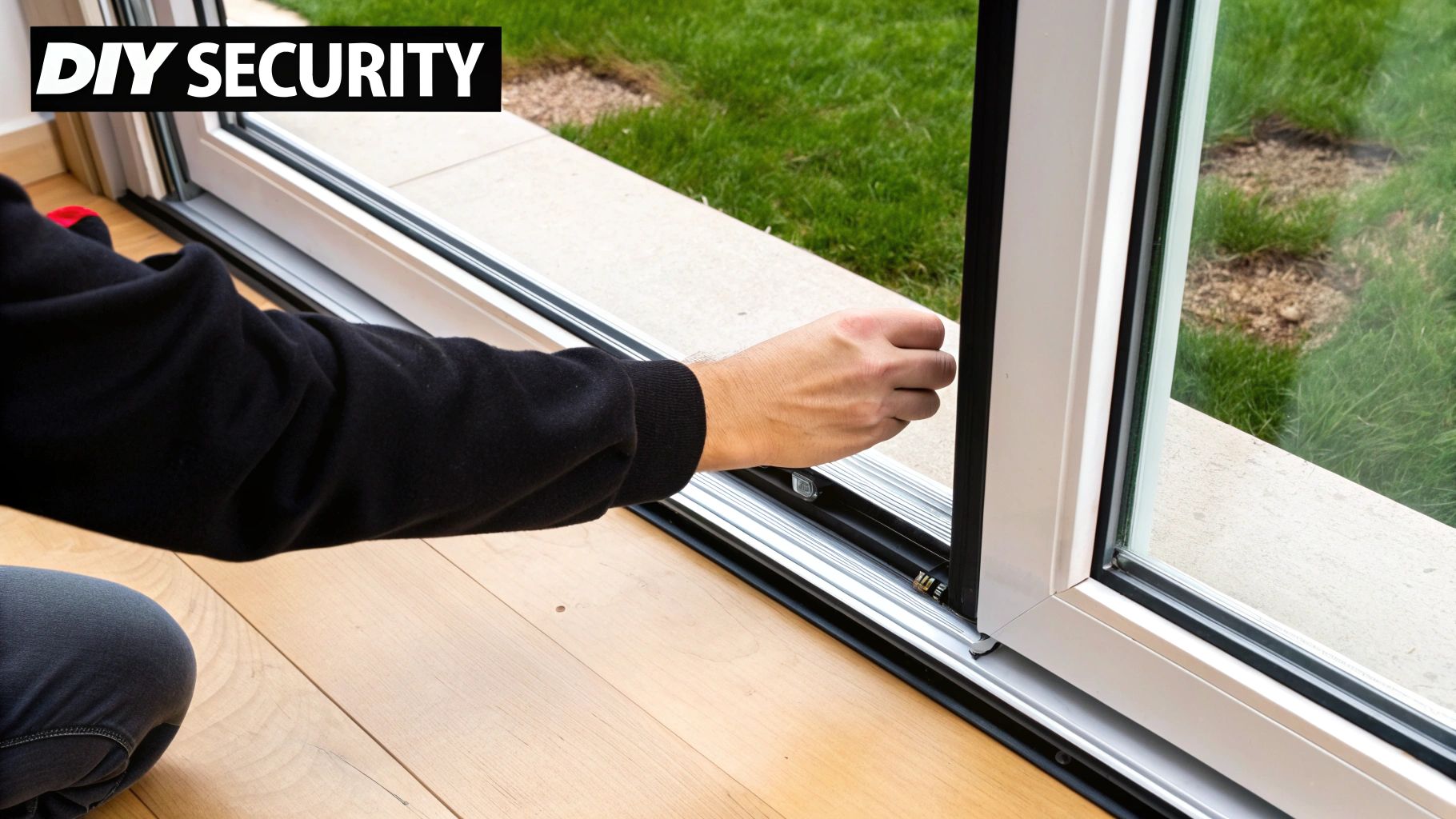
Real sliding glass door security isn't about a single lock; it's about building a network of defenses. Think of it like this: criminals want easy targets. If your home looks too difficult, they'll probably move on. This is the whole idea behind layered security. Imagine a castle, with multiple walls and a moat. Each layer adds another hurdle, making it harder and harder for intruders to get in.
Landscaping as a Security Feature
Believe it or not, your landscaping can be a serious security asset. Thorny bushes strategically placed under your sliding glass door become a natural, prickly barrier. I've seen this work firsthand. A friend planted rose bushes along their back fence, and it totally stopped a group of teenagers trying to climb over. Let's just say they learned a painful lesson about natural security!
Also, think about your terrain. A sloped yard leading up to the door creates a natural obstacle, making it tougher for someone to sneak up. Even something as simple as a gravel pathway can make a difference. That crunching sound is a great way to alert you (and scare off) anyone approaching.
Strategic Lighting: Eliminating Hiding Spots
Lighting is crucial. Get rid of any dark areas around your sliding glass door and yard. Motion-activated lights are a game-changer. They not only light up potential intruders, but they also tell you something's happening. I recently put in motion-sensing spotlights, and the peace of mind is amazing. Knowing I'll be alerted to any movement outside my sliding glass doors at night is a huge relief.
Surveillance and Visibility
Security cameras, placed right, covering your sliding glass door and the surrounding area, add a strong layer of deterrence. Visible cameras often make criminals think twice. And if they do try anything, you'll have evidence. Beyond cameras, think about improving natural visibility. Trim back any overgrown bushes or trees that could hide someone. Make sure you have clear sightlines from inside your home to the outside so you can easily see what's going on.
Motion-Activated Systems and Neighborhood Watch
Motion detectors connected to an alarm system can instantly alert you and the police to anything suspicious. This fast response can make all the difference. Pair that with a neighborhood watch program, and you've got a powerful combination. Neighbors looking out for each other add another set of eyes and ears, building a real sense of community safety. You can also check out our article on window security for more tips: Top Tips for Home Window Security in 2025.
Simple Environmental Modifications
Little tweaks to your surroundings can also boost your security. Putting up a sign that says your home has a security system can be a deterrent. Even something as simple as leaving a radio playing can make it sound like someone's home. These small changes can make a surprisingly big impact.
Before we wrap up, let's look at a practical timeline for implementing these security measures. The table below outlines a phased approach, prioritizing effectiveness and cost:
To help you visualize a practical implementation plan, here's a timeline you can follow:
Security Layer Implementation Timeline: A practical timeline showing how to implement different security measures in order of priority and effectiveness.
| Security Layer | Implementation Time | Effectiveness Impact | Cost Range | Priority Level |
|---|---|---|---|---|
| Strategic Lighting | 1 Day | Medium | $50 - $300 | High |
| Landscaping | 1 Weekend | Medium | $50 - $500+ | High |
| Simple Environmental Modifications | 1 Day | Low | $10 - $50 | Medium |
| Surveillance (Cameras) | 1 Weekend | High | $100 - $1000+ | Medium |
| Motion-Activated Alarm System | 1-2 Weekends | High | $200 - $1000+ | Medium |
| Neighborhood Watch | Ongoing | Medium | $0 | Low (But Important!) |
This table gives you a clear roadmap, starting with quick wins like lighting and landscaping and progressing to more involved systems like alarms and cameras. Remember, even small steps can make a big difference.
By using these layered security strategies, you're creating multiple obstacles for potential intruders. This makes your home a much less attractive target, pushing criminals to look for easier opportunities. The key is deterring them before they try to break in. Layered security gives you that proactive protection.
Maintenance That Actually Gets Done
It’s easy to get excited about new security gadgets for your sliding glass doors. Shiny new locks and smart sensors definitely give you that safe and sound feeling. But honestly, even the best tech is useless if you don't take care of it. I've known so many people who learned this the hard way. They spent a fortune on top-notch security, only to have it fail them when they needed it most – all because of simple neglect. So, let's ditch the complicated routines and talk about practical maintenance you’ll actually do.
Seasonal Sense: Quick Checks That Prevent Big Problems
Think of it like changing the batteries in your smoke detector. It's a small task, but it can prevent a major headache. Twice a year, maybe in spring and fall, take a few minutes to check your sliding door security. Lubricate the locks and tracks – you can find great tips here. Make sure the lock engages smoothly. Look for any wear and tear on the frame and hardware. These quick checks can nip small problems in the bud before they turn into big, expensive repairs.
Troubleshooting 101: Saving Yourself a Service Call
Sometimes, things just break. Before you panic and call a locksmith, try a little DIY troubleshooting. Is your smart lock not responding? Check the batteries! Is the door sticking? A bit of lubricant usually does the trick. Knowing how to handle these minor fixes yourself saves you time and money. For instance, a sticky door might just need a quick alignment adjustment. A few turns of a screwdriver can often solve the problem. And if you’re looking to boost your security, consider a modern door access control system. They can add an extra layer of protection.
Early Warning Signs: Knowing When to Act
Just like your car gives you warning signs before a major breakdown, your sliding glass door will usually hint at trouble before it completely fails. A sticky lock, a loose handle, or a rattling track – these are all signs something needs attention. Don’t ignore them! Addressing these minor issues early can prevent a major security risk later on.
Automation and Reminders: Maintenance Without the Nagging
Let technology help you out. Set calendar reminders for those seasonal checks. Use your smart home system to monitor battery levels in your smart locks and sensors. These little reminders and automated checks make maintenance easy. I set up my smart home to notify me when the battery in my sliding door lock is getting low. It's a simple thing, but it’s saved me from a dead battery more than once.
The Long Game: Planning for the Future
Like anything else, your sliding door security hardware has a lifespan. Locks wear out, sensors fail, and even reinforced frames can deteriorate. Knowing the expected lifespan of your components lets you plan for replacements before they become an emergency. Most locks should be replaced every 5-7 years, depending on use and weather exposure. Planning ahead avoids last-minute stress and keeps your security strong. And remember to regularly test everything. Try locking and unlocking from different spots, inside and out. Check your sensors and alarms to make sure they’re working correctly. These tests can reveal weak points before a burglar does.
Your Security Action Plan: What To Do Right Now
Let's be real, securing your sliding glass door doesn't have to be a huge undertaking. It's all about taking practical steps that work for your home and budget. Think of this action plan as your personalized security roadmap, starting with super simple things you can do today.
Immediate Actions (Cost: Next to Nothing, Time: Today)
These are the quick wins – things you can probably do right this minute with stuff you already have around the house.
- Check Your Locks: I know, it seems obvious, but seriously, are they locked? You'd be surprised how often this gets missed. Make it a habit to double-check, especially at night.
- Secure the Track: If your sliding door doesn't have a built-in anti-lift device, a simple dowel or even a piece of wood in the track can stop someone from lifting the door out. I've even used a broom handle before in a bind! Just cut it to the right size so it prevents movement but doesn't get in the way when you're using the door.
- Visibility Check: Take a walk around outside your house. Are there any overgrown bushes or trees hiding your sliding glass door from the street? Trim them back to make it more visible. Burglars love to work in the shadows. A clearly visible door is a much less tempting target.
Short-Term Upgrades (Cost: Low to Moderate, Time: This Weekend)
These upgrades give you a big security boost without emptying your wallet.
- Reinforced Strike Plate: Switching out your current strike plate for a reinforced one with longer screws is a small change that makes a big difference. I did this on my own sliding door – it took maybe 15 minutes, tops. The added strength really made the door feel much more secure. You might also find this helpful: Learn more in our article about how to fix sliding glass doors that might be sticking.
- Security Bar or Dowel: A good, solid security bar gives you an extra layer of protection. Just place it in the track to stop the door from sliding open. Even a simple dowel can create a surprising amount of resistance.
- Window Film: Impact-resistant window film is practically invisible but makes breaking the glass much tougher. It's like adding an invisible shield.
Long-Term Investments (Cost: Varies, Time: Ongoing)
These are bigger projects that provide really thorough protection.
- Multi-Point Locking Systems: These systems lock your door at multiple points, making it incredibly tough to force open. They're more expensive than basic locks, but the security they provide is hard to beat.
- Alarm System Integration: Hooking up your sliding glass door to an alarm system will instantly alert you if someone tries to break in. That quick response can be a serious deterrent.
- Security Cameras: Strategically placed security cameras offer both surveillance and a visual deterrent. Just knowing they're being watched is often enough to keep burglars away.
Remember, securing your sliding glass door is a journey, not a destination. Start with the easy things, then add more protection as your budget and time allow. Each step brings more peace of mind. Want to explore top-notch, custom-made sliding doors that are built with security in mind? Visit Gladiator Window and Doors for options that blend strength, style, and value.








